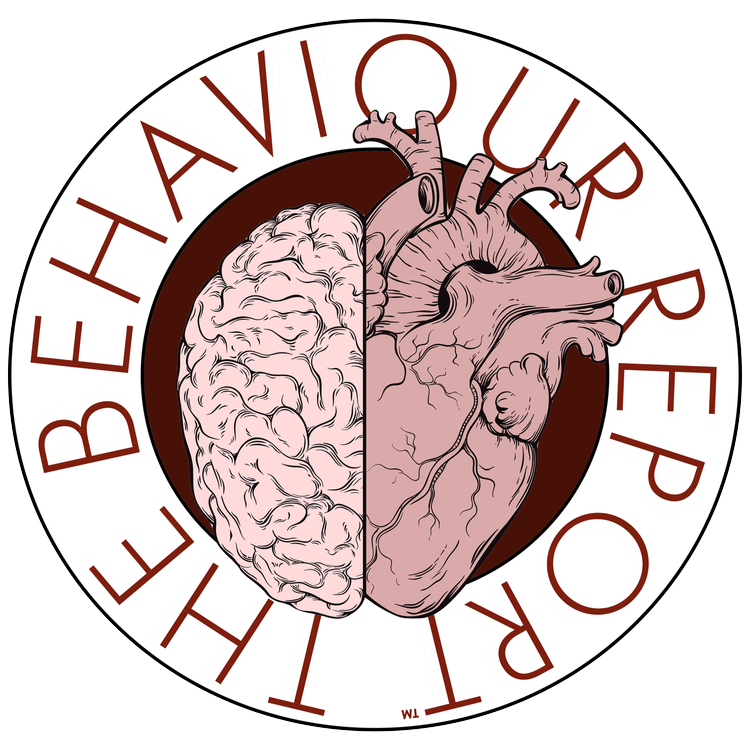Dan Gregory @DanGregoryCo
Most of us like to think of ourselves as making educated decisions, based on evidence and using critical thinking skills developed over time and with experience.
A more accurate description might be that, “We respond intuitively, then look for anything that sounds vaguely “sciency” to support our assumptions.”
Part of the reason for this is that during our physical evolution, over-thinkers tended to get eaten or speared to death. However, it’s also because during our social and behavioural evolution, stories came to be more influential and binding than accurate data - of which, there was often very little.
So how might this understanding be useful to us today?
1. All cultures are essentially values codified in stories
Cultures are defined by many traits and aspects, but perhaps what defines them most is their stories.
Think of the parables and myths from all of the religions around the world and throughout history. Each of them was designed to instruct and advance a particular moral code in a way that might be easily understood, accurately remembered and handed down from one generation to the next.
A more contemporary and commercial example of this can be found in the customer service training by Nordstrom the department store. Rather than giving customer service staff rote scripts or vague notions of what great customer service might look like, they share stories taken from their own history, that demonstrate what amazing service looks like.
One such story describes the customer service clerk who, on serving a customer who was buying a business shirt for a job interview later in the day, took the shirt out back and ironed it for him so he’d look the part.
2. Stories are portable and pass-on-able
In an age of hyper-connectivity, largely defined by the social media revolution of the past decade and half, stories, which have always been important, have taken on powers and abilities that should earn them their own Marvel Avengers franchise.
Indeed, stories have become the superheroes of the communications world, not just because they are personal, relatable, memorable and powerful, but precisely because, today they are unbelievably portable and pass-on-able.
3. Stories can be drawn from many parts of life and used to drive different outcomes
My business partner, Kieran Flanagan, segments stories in a memorable palette. She describes the 3 P’s of Stories as:
• Personal
• Professional
• Public
Personal stories are incredibly useful for establishing a sense of intimacy, trust and for making vulnerability and truth more acceptable and culturally safe.
Professional stories, such as the Nordstrom example above, are ways of demonstrating not just where the boundaries of acceptable behaviour lie, but also serve to venerate ideals.
Public stories can include examples from sport, popular culture, from other organisations and even other nations. They’re a way of expanding points of view and diversifying input and behavioural examples.
So, if you want to lead, to create a culture of the willing and build engagement with your team, your customers and your community, maybe rely a little less on facts and data and invest a little more in your story-telling capabilities.
And while you’re at it, spend a little time curating the stories that other share on your behalf.
